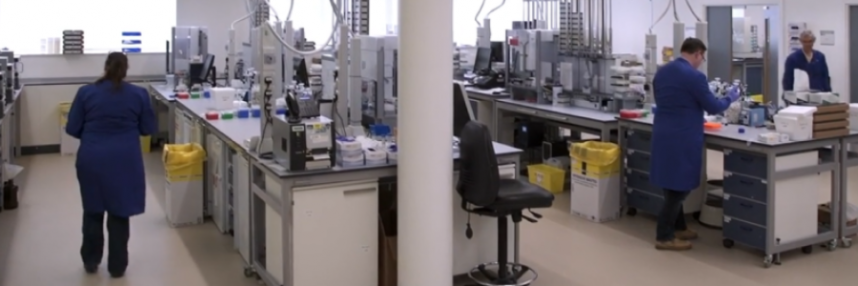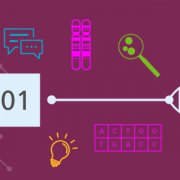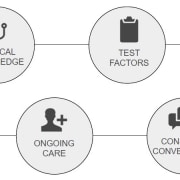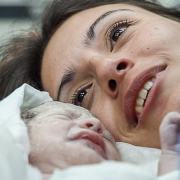It’s time to learn more about whole genome sequencing
Our free, flexible and newly updated course explores how it works and how it will be used to benefit patients in the new Genomic Medicine Service
Whole genome sequencing is set to become part of routine practice to improve patient treatment and care. But how does it work and how can it benefit people with cancer, rare or infectious disease, and a range of other conditions?
About the course
Starting on Monday 13th May, our newly updated course starts with a recap on the fundamentals of DNA and goes on to look behind the closed doors of the laboratory at how sequencing actually works, who is involved in the process, and what it means for healthcare.
Learners can hear from leading experts, including Professor Dame Sue Hill, England’s Chief Scientific Officer, as well as scientists, clinicians and researchers working in oncology, rare disease and infectious diseases such as TB and Ebola. There’s also the chance to hear from patients who have experienced whole genome sequencing and the opportunity to engage with them in discussion forums throughout the course.
Revised content to support the GMS
The course has run previously but has now been updated to reflect the transition to the new NHS Genomic Medicine Service (GMS) – so it’s worth revisiting the course if you have taken it previously.
We’ll explore how lessons from the 100,000 Genomes Project have informed the decisions made in the GMS, and hear from those at the coal face about how whole genome sequencing is being and will be put to use for the benefit of more patients.
Flexible, interactive learning
The course is free and flexible. It is delivered over three weeks but can be completed at your own pace over a five-week period. Learning is through a range of articles, videos, animations and discussion forums facilitated by expert mentors in real time – meaning it’s easy to ask questions and engage with other healthcare professionals, patients and members of the public.
For more information or to enrol please visit the course page.









